Ed Lenik and the Excavation Under the Reservoir
By: Paul Maloney, Museum Attendant at the Wayne Museum and the Passaic County Department of Cultural & Historic Affairs
This summer, we’ve been treated to the fifth and probably final installment of Harrison Ford as Indiana Jones. In spring of 1981, the original Indiana Jones film, “Raiders of the Lost Ark” premiered and broke a lot of box office records. Well right in Wayne, a preliminary archeological survey in the Spring of 1981 and a full survey in July 1982 was led by Wayne’s local archeologist, Ed Lenik, in discovering the “mystery” of “The Albert Berdan House Site” located at the bottom of the Point View Reservoir. When excavating the site, did Mr. Lenik get chased by a large boulder? Does Lenik wear a fedora and brown leather jacket? Does Lenik hate snakes? Well, the story of the “The Albert Berdan House Site” is not as action packed as an Indiana Jones movie but it’s still pretty exciting.
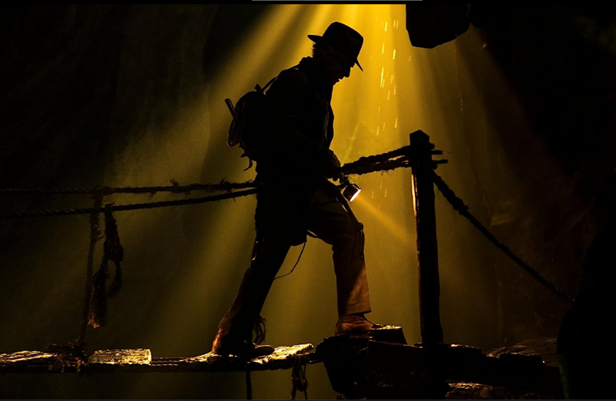
The story of the “The Albert Berdan House” and Wayne’s own “Indiana Jones” goes back to the early 1700’s. Like many farming families of Wayne, the Berdan property was in the family for several decades. Albert Berdan was born in 1702 and spent much of his early years in what is present day Passaic. He married Divertje Banta in 1727, also from Passaic. Sometime between 1728 to 1730, the couple moved to land in Upper Preakness where they built a “sod house”. In 1730, they built a more permanent home nearby. This permanent home was a small stone house which eventually became the wing of a larger house. (Lenik points out that there are similarities with the Mead-Van Dyne House built on Fairfield Road in Wayne which was a sod structure before the building of the permanent house. The Mead-Van Dyne House was relocated to the grounds of the Van Riper Hopper Wayne Museum in the 1970’s as a result of Route 23 expansion.) Albert passed the house onto his son Jacob who was born in 1746. Jacob married Rebecca Ryerson and enlarged the small one-room structure by building a larger one story addition in 1792. Jacob and Rebecca had a son, Albert Berdan II (as well as a daughter, Mary, or Maria, who married Uriah Van Riper of the Van Riper-Hopper House.) Albert II married Mary Ackerman and they added a second story onto the main house. Their son, another Jacob, married Catherine Demerest who had a son James. James occupied the house into the early 20th Century. James left the house to his son Harry M. Berdan. These successive generations of the Berdan family owned the house into the 1930’s when it was occupied by tenant farmers.
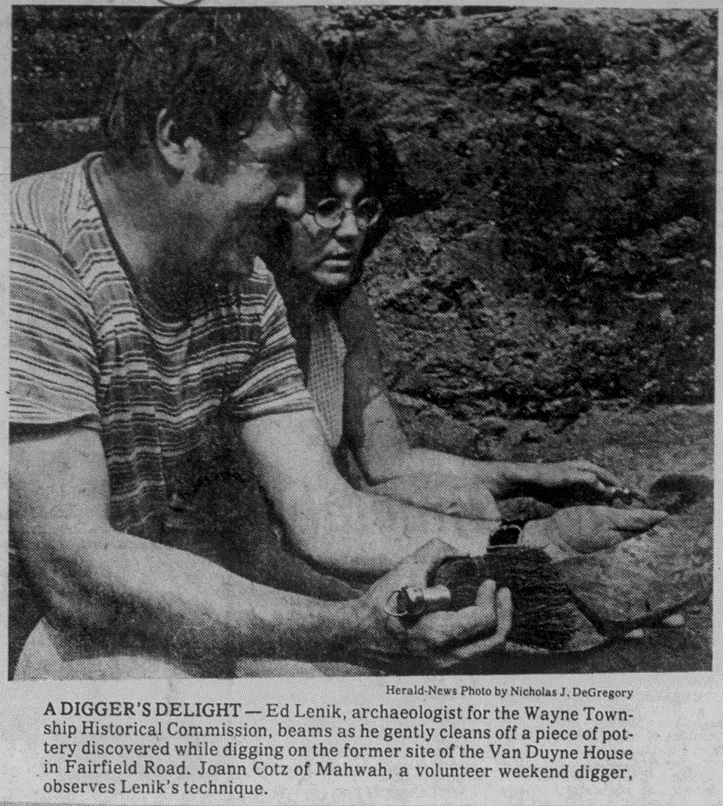
The staff at the Wayne Museum and the Passaic County Department of Cultural and Historic Affairs are big fans of Ed Lenik. In reading many documents and books about Wayne, we often run across mention of our very own “Indiana Jones”. One of these sources was a report and display given by Mr. Lenik and the Wayne Township Historic Commission in 1995 called “Beneath the Water, History and Archaeology in the Point View Reservoir”. The Point View Reservoir, located right next to the Van Riper-Hopper House, was actually built and dedicated in 1964. Before the building of the reservoir, the area known as “Pancake Hollow” was farmland and orchards. In the early 60’s, New Jersey was suffering from a drought and water supplies such as reservoirs and rivers were depleted. Though eminent domain, the Passaic Valley Water Commission cleared much of the area for the reservoir. Many homes were moved to another spot or destroyed. In the case of the Albert Berdan House, the house was used for a “practice fire” for the local fire company. After the “practice exercise”, the land was cleared and flooded to help form the reservoir. A half mile section of Berdan Avenue was rerouted around where the reservoir was made. The original part of the road was part of the land cleared and flooded.
A side note is that the Van Riper Hopper House, which overlooks the Point View Reservoir, was saved from moving or being destroyed when these structures were moved or destroyed. The Township of Wayne through the efforts of the Wayne Historical Commission obtained the house from the Passaic Valley Water Commission to be used as a museum. The museum continues to prosper to this day. The Point View Reservoir became a well-known site in the township and a popular destination for bird watchers.
Flashforward almost twenty years to 1981, and there was another New Jersey drought. Evidence of this drought began to be seen with the Point View Reservoir. With water levels dropping in the reservoir, the original part of Berdan Avenue with the foundations of various structures began to be seen again. Of special note was the rediscovery of the Albert Berdan House. Enter our own “Dr. Jones”, Ed Lenik! Under the direction of Lenik along with staff members of the Van Riper Hopper Archaeological Research Laboratory, the team did a preliminary survey determining the exact location of the house and original section of Berdan Avenue. By 1982, the water commission began to remove sand and gravel so the basin could be deepened. With permission, Lenik and his team resumed the excavation. Although the water commission did some damage with the mining of the basin, the survey found the existence of two stone foundations. One was a small structure which was believed to be the original 1730 portion of the Berdan House. The foundation of the 1792 addition was also found.
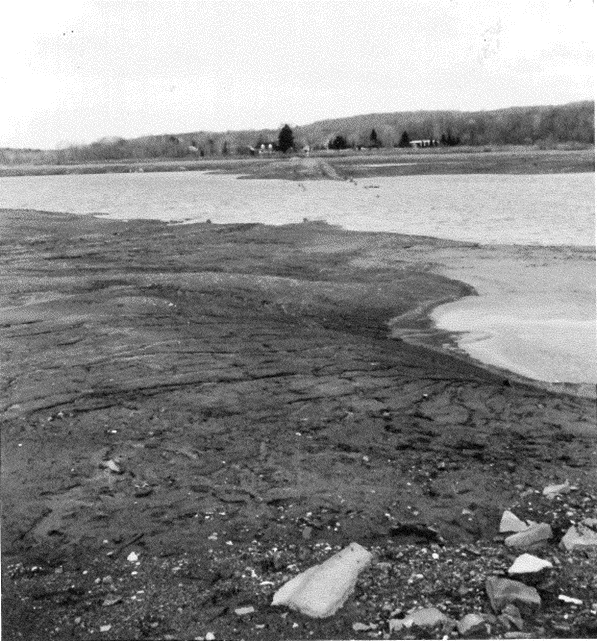
With these excavations, noteworthy findings include:
– Burned wood fragments, ash, nails, glass, electrical wiring, window screening, a door hinge, and pieces of cement and cinder block. (The burnt items were a result of the fire department “practice exercise” held in 1961.)
– The location of a well. Findings show the well went 13 feet deep. It probably went deeper but it was filled with stone rubble at the bottom.
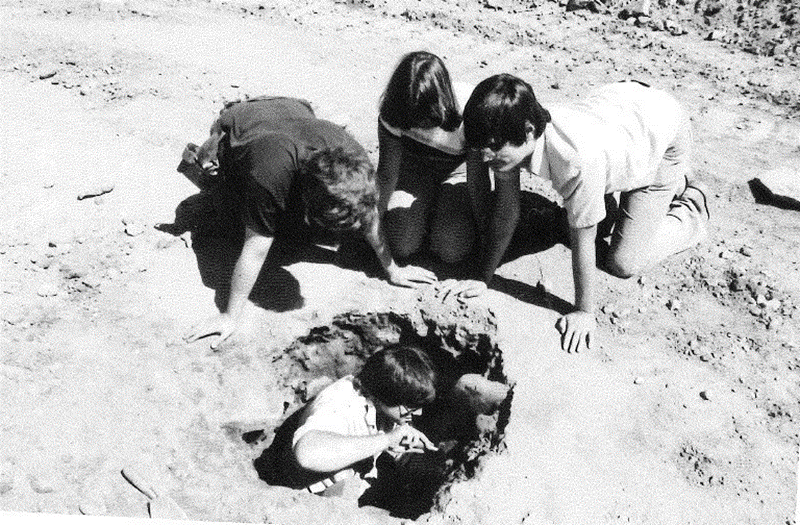
– Bricks marked “H.B.C.” and “P.B. Co.” and “J.J.J”. The bricks marked “H.B.C” were manufactured by the Hosier Brick Company from the Mountain View section of Wayne, (late 19th and 20th centuries). The bricks labeled “J.J.J” were manufactured by the Jova Brick Company from Roseton, New York, (1900).
– Treenails and Iron nails. The iron nails show there were building or maintenance operations during the 19th century.
– Pearlware and whiteware fragments were the most numerous recovered which have a span from 1790 onward. Broan and gray stoneware fragments were also found which date to the 19th century.
– Pewter spoons dating from 1715 to 1750. A silver spoon stamped “MERIDEN S.P. Co. XII”.
– Pottery types include combed yellow ware, blue decorated delftware (1750), salt-glazed stoneware (c. 1720-1805), and underglaze blue Chinese porcelain, (c. 1730).
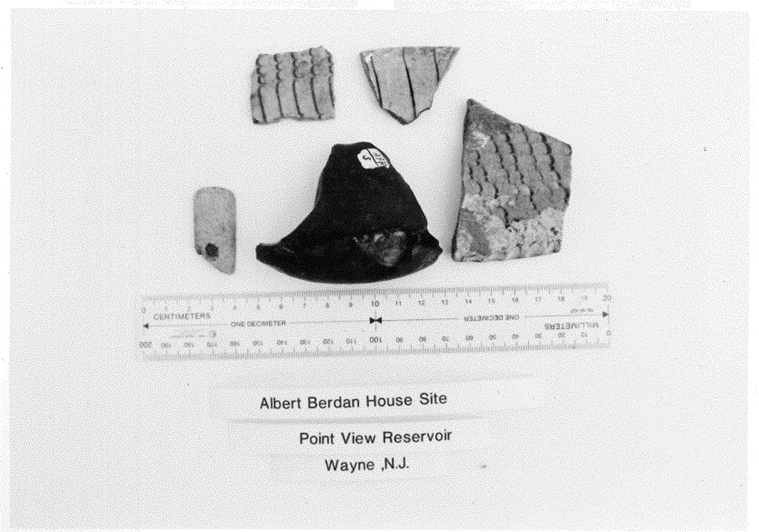
– A .22 calibre brass shell and the base of a .12 gauge shotgun shell which is marked “Western Field Made in USA”. 1 honey colored French gunflint, (c. 1740’s to 1800’s).
– Clay tobacco pipe bowl fragments which date from 1750 on. Pipes labeled “Ohio” were found.
– Three coins were found on the site. The first was an English George II penny with a date of 1733. The second was a large Brazilian coin which can only read “18__”. The coin has a hole drilled at the 12:00 part of the top. The third coin is probably a 20th Century child’s toy which has on one side stamped “PLAY MONEY”.
From these findings, our “Wayne, N.J. Indiana Jones” team concluded that:
– The site dates back to the early 18th Century. Lenik points out that the ceramic finds, spoons, and the 1733 coin show a modest lifestyle for the early days of the Berdan Family.
– The artifacts show imported items such as the coin from Brazil and American made goods from Ohio and eastern manufacturers. Lenik states that the evidence shows that the local economy was not only self-sufficient and that goods were not only made at home.
– Lenik adds that data recovered from the site can be compared to the Mead-Van Dyne House and other sites and former sites in Wayne. Further comparisons can also be made when studying our own Van Riper Hopper House Museum and other similar sites in New Jersey.
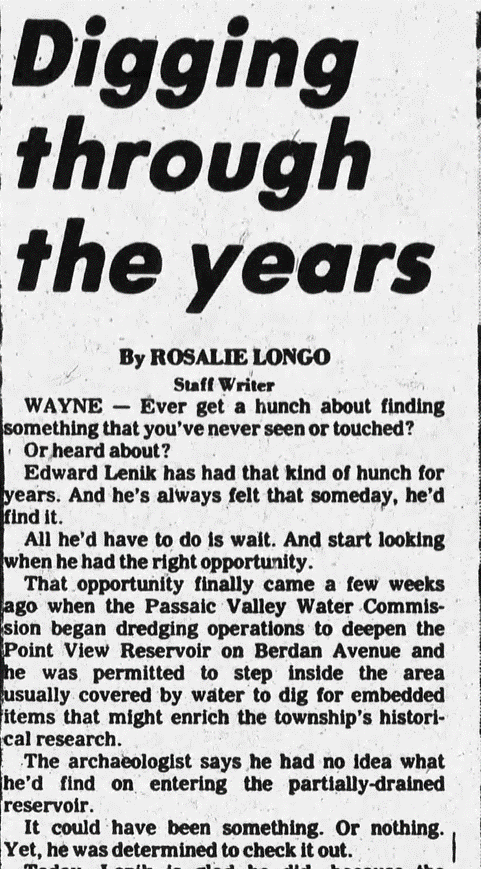
The next time you drives down Berdan Avenue, think of the great archaeological adventure our own “Indiana Jones Team” took when excavating the Point View Reservoir and the Albert Berdan House. Though there may not have been any large rolling boulders, fedoras, or snakes during the course of their work, Lenik and his team’s finds are still very exciting and help to enhance our understanding of Wayne’s history. Big thanks to Mr. Lenik and the team from the Archaeological Research Laboratory!
The Wayne Museum operates under a shared services agreement between the Township of Wayne and the County of Passaic. The County manages and operates the Wayne Museum on the Township’s behalf through the County’s Department of Cultural & Historic Affairs.
Bibliography and Further Resources
Lenik, Edward. “Beneath the Water, History and Archaeology in the Point View Reservoir.” Wayne Township Historic Commission, 1995.
Lenik, Edward J. The Archaeology of Wayne. Wayne: Wayne Township Historical Commission, 1985.
